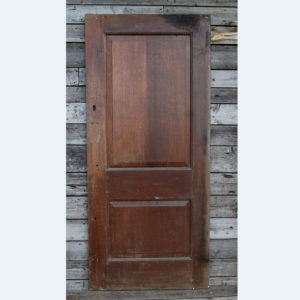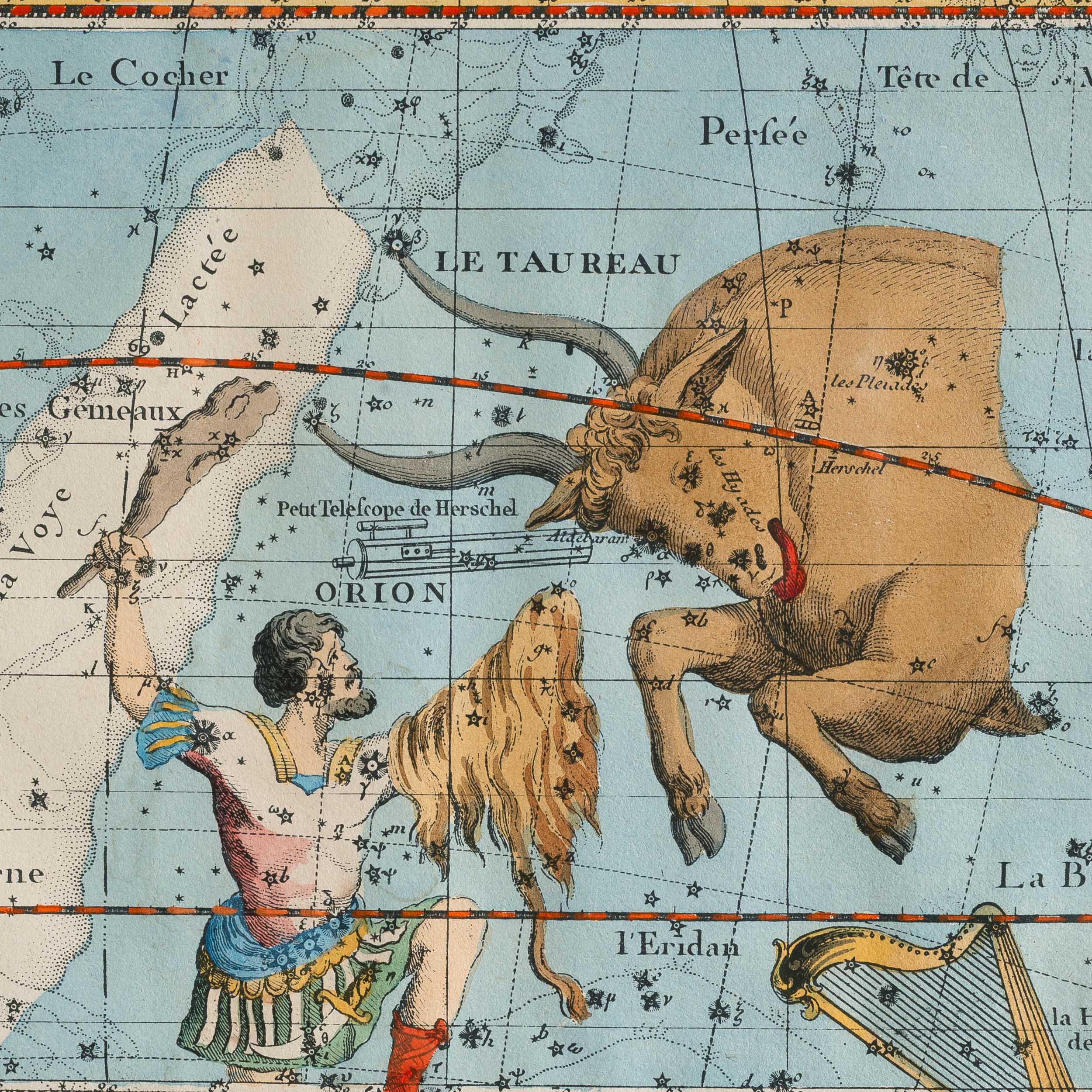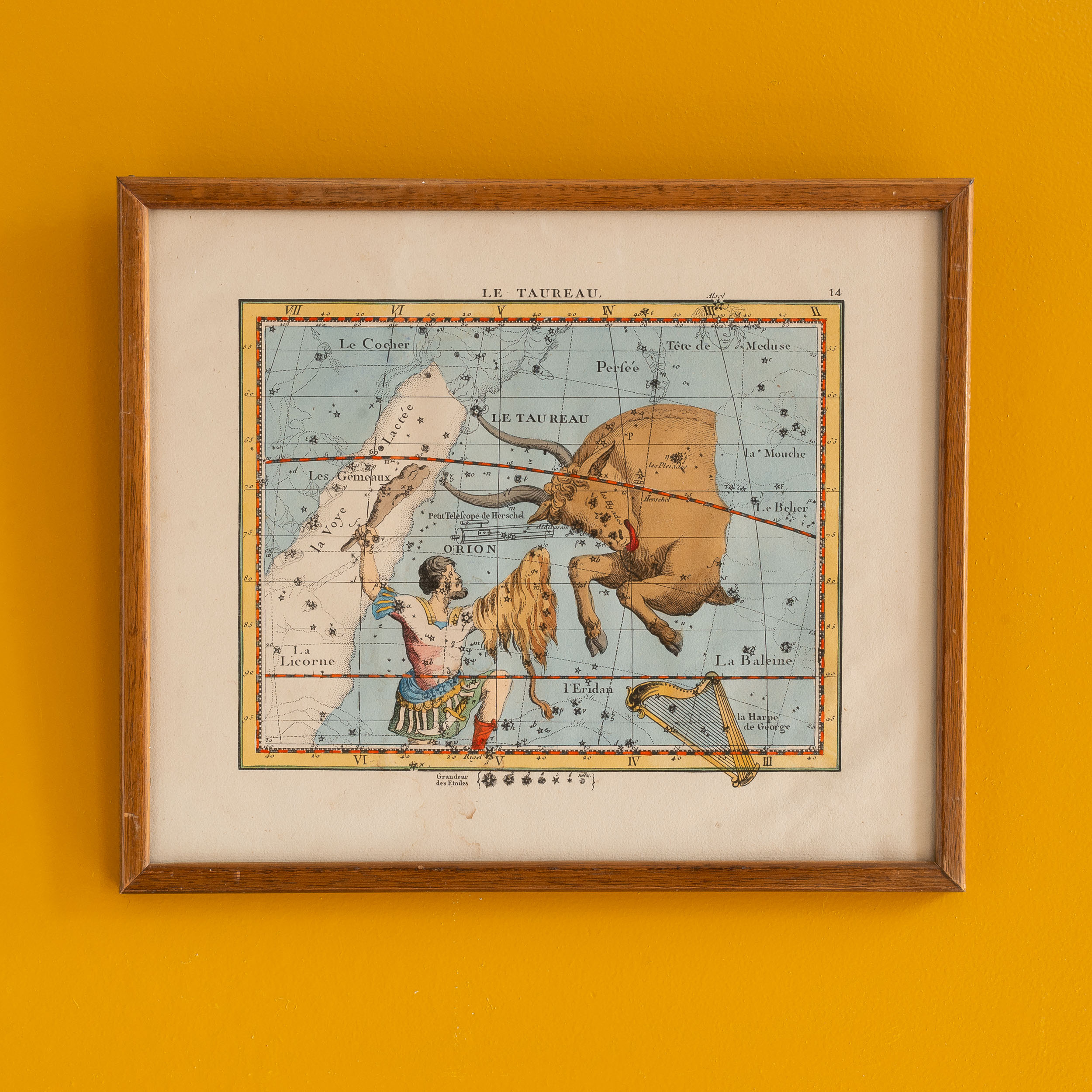Archived Stock - This item is no longer available
Horoscope Prints Based on the Work by John Flamsteed, Le Taureau,
John Flamsteed was born into a prosperous family but did not attend University due to poor health. Self taught, his extensive studies in astronomy resulted in his being appointed the first Astronomer Royal by King Charles II, with the Royal Observatory at Greenwich being built for him to continue his observations of the heavens. Flamsteed was the first astronomer to sight Uranus in 1690, naming it 34 Tauri, as he believed it to be a star. His Celestial Atlas was published ten years posthumously by his wife. It set the standard in professional astronomy for almost a century, with the positions of over 3,000 stars given more accurately than ever before.
SOLD OUT
Out of stock
Presented in dark wood frames.
Recently Viewed Items
-

An English oak panelled door,
-

A piece of English reclaimed Portland stone masonry
A piece of English reclaimed Portland stone masonry
a rectangular block, the face with central incised and moulded circle flanked by reciprocal incised and moulded panels,


